When optimizing operations for processing granite with impact crushers, it's essential to consider specific factors that can enhance efficiency, productivity, and the overall performance of the equipment. Here are some ways to ensure that impact crushers are effectively tailored for granite processing:
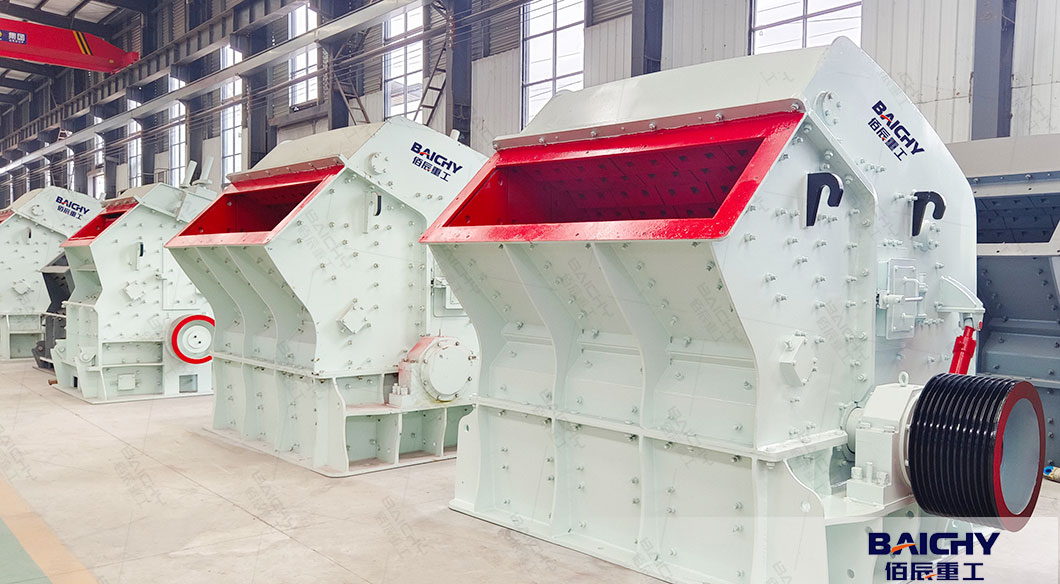
1. Selection of the Right Impact Crusher Model
1-1. Consider Feed Size and Capacity Requirements
Granite often comes in large boulders. A primary impact crusher should be selected based on the maximum size of the incoming granite feed. For example, if the largest granite pieces are around 1000 - 1500 mm, a high - capacity primary impact crusher with a large feed opening, such as a 1200×1500 mm feed opening model, can handle the material flow efficiently.
Calculate the production capacity needed for your granite processing plant. If you aim to produce 500 - 1000 tons per hour of crushed granite products, choose an impact crusher model with an appropriate throughput capacity. Some large - scale impact crushers can process up to 2000 tons per hour or more, depending on the configuration.
1-2. Understand the Rock Characteristics
Granite is a hard and abrasive rock. Look for impact crushers with wear - resistant components. For instance, crushers with hammers made of high - chromium cast iron or other specialized alloys can withstand the abrasion caused by granite. These hammers can maintain their shape and impact force for a longer time, reducing the frequency of replacement and downtime.
The impact crusher's design should also be able to handle the high - compressive strength of granite. Crushers with a robust impact mechanism and a well - engineered frame can effectively break down granite without excessive stress on the machine structure.

2. Optimizing Crusher Settings
2-1. Adjusting the Rotor Speed
The rotor speed of an impact crusher significantly affects the crushing performance. For granite, a relatively high rotor speed is often required to achieve the desired reduction ratio. By increasing the rotor speed within the recommended range, the impact force on the granite particles is increased, resulting in more efficient crushing. However, it's important not to exceed the safe operating speed to avoid excessive wear and potential mechanical failures.
Conduct tests to determine the optimal rotor speed for your specific granite feed. This may involve starting with the manufacturer - recommended speed and gradually adjusting it while monitoring the product size distribution and production capacity.
2-2. Setting the Impact Plates
The distance between the impact plates and the rotor is a critical parameter. A proper adjustment of this gap can control the size of the crushed granite. For finer - sized products, the gap between the impact plates and the rotor should be reduced. However, this also requires careful consideration as a too - small gap can cause excessive wear on the impact plates and the rotor, and may lead to clogging of the crusher.
Regularly check and maintain the alignment of the impact plates. Misaligned impact plates can cause uneven wear and affect the quality of the crushed granite.

3. Maintenance and Service
3-1. Regular Inspection
Implement a regular inspection schedule for the impact crusher. Check the wear of the hammers, impact plates, and liners. For granite processing, due to the abrasive nature of the rock, these components may wear out relatively quickly. Inspect the hammers at least once a week, and more frequently during high - production periods.
Examine the bearings, belts, and other moving parts for any signs of damage, looseness, or abnormal wear. Lubricate the bearings regularly according to the manufacturer's instructions to ensure smooth operation.
3-2. Spare Parts Management
Keep a stock of essential spare parts, such as hammers, impact plates, and liners. Since granite processing can cause rapid wear of these components, having readily available spare parts can minimize downtime. Establish a relationship with reliable suppliers to ensure the quality and timely delivery of spare parts.
Consider investing in high - quality aftermarket spare parts that are designed to meet or exceed the original equipment manufacturer's specifications. This can help reduce maintenance costs in the long run while maintaining the performance of the impact crusher.

4. Feeding System Optimization
4-1. Uniform Feeding
A consistent and uniform feed is essential for the efficient operation of the impact crusher. Use a vibrating feeder or a belt feeder to ensure that the granite is fed evenly into the crusher. Uneven feeding can cause overloading in certain areas of the crusher, leading to uneven wear and reduced production capacity.
Control the feed rate to match the capacity of the impact crusher. Overfeeding can cause the crusher to choke, while underfeeding will result in inefficient use of the machine.
4-2. Pre - Screening the Feed
Install a pre - screening unit before the impact crusher. This can remove any fines or small - sized particles from the granite feed. By doing so, the impact crusher can focus on crushing the larger pieces, reducing the wear on the crusher components caused by the unnecessary processing of already - small particles. The pre - screened fines can be directed to a different part of the processing plant for further handling.
By tailoring your approach to impact crusher operations specifically for granite processing, you can optimize performance, minimize downtime, and maximize the efficiency of your operations. Implementing these strategies will not only improve the quality of your crushed granite products but also extend the lifespan of your equipment, resulting in cost savings and enhanced productivity.









 2025-05-05
2025-05-05

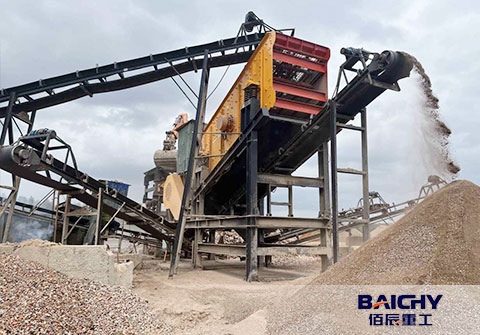
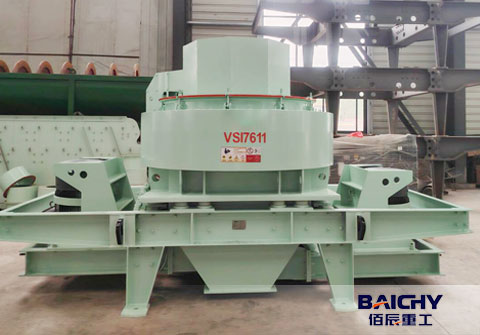
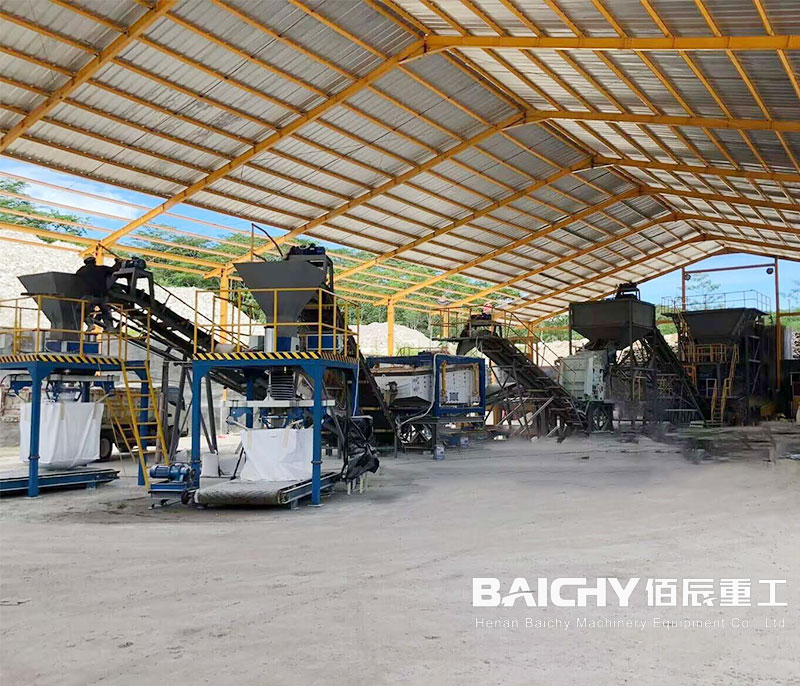
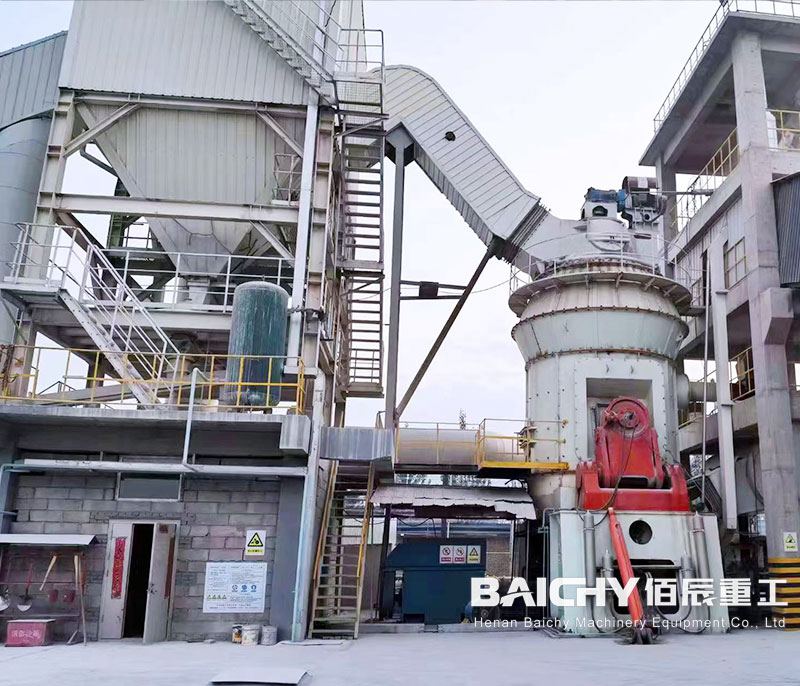
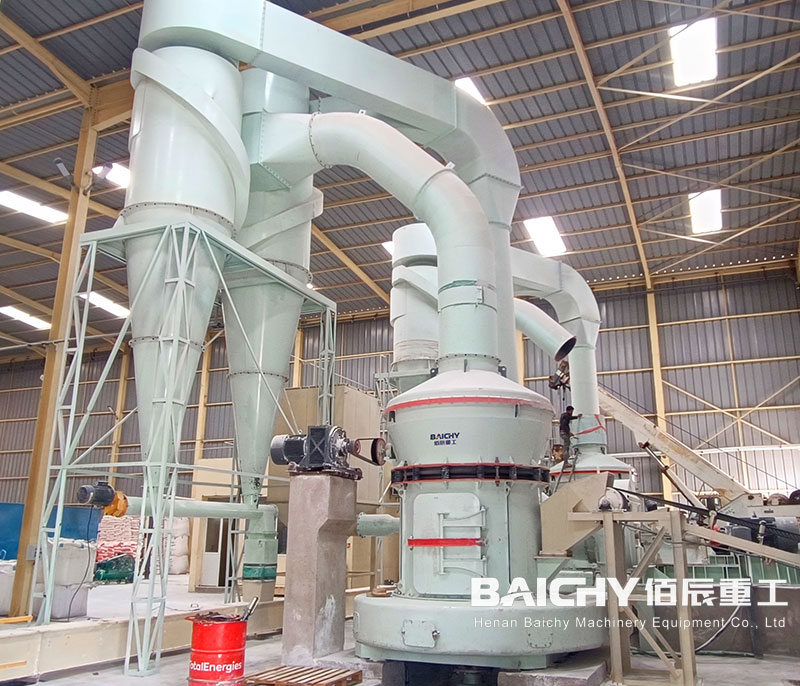
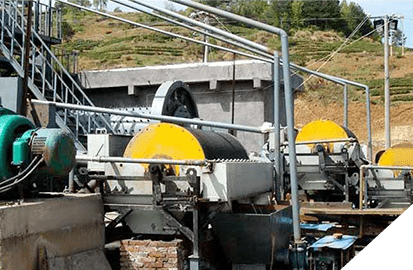














 86-15093113821
86-15093113821
 86-15093113821
86-15093113821

